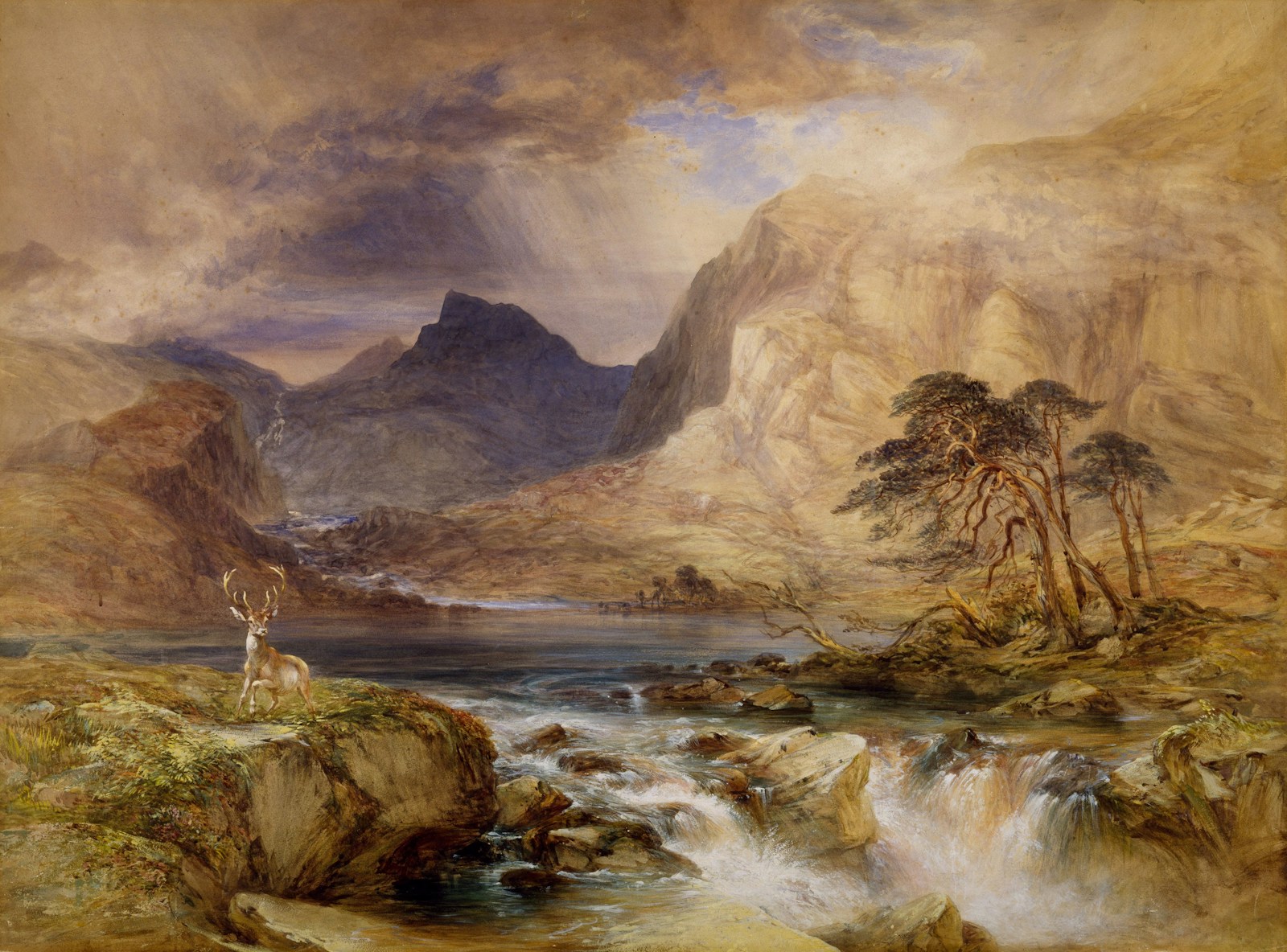Painting is a creative and rewarding form of artistic expression that allows individuals to bring their imagination to life through colors and brushstrokes. Learning how to paint requires patience, practice, and an understanding of basic techniques. Whether you are a beginner or someone looking to refine your skills, following a structured approach can help you master the art of painting.
1. Understanding the Basics
Before starting to paint, it is important to learn about different types of paints, brushes, and canvases. The three most commonly used painting mediums are acrylic, watercolor, and oil paint, each with its unique characteristics. Acrylic paints dry quickly and are easy to work with, watercolors create transparent and delicate effects, while oil paints provide rich textures and blending capabilities. Understanding these materials and how they interact with different surfaces is crucial to developing painting skills.
2. Learning Fundamental Techniques
Once familiar with materials, beginners should focus on mastering fundamental painting techniques. Some essential techniques include:
- Blending: Gradually mixing colors to create smooth transitions.
- Layering: Applying multiple layers of paint to add depth and richness.
- Dry Brushing: Using a dry brush with minimal paint to create texture.
- Glazing: Adding a thin, transparent layer of paint over a dry surface to alter color and enhance depth.
- Underpainting: Creating a monochromatic base layer to define composition before adding colors. Practicing these techniques will help develop confidence and control over brushwork.
3. Developing Drawing and Composition Skills
Good painting begins with strong drawing skills. Practicing sketching and understanding principles of composition, such as the rule of thirds, balance, and perspective, will improve the structure of paintings. Using reference images or real-life objects can help in studying proportions and shading, which will enhance the overall quality of artwork.
4. Experimenting with Colors
Color theory plays a vital role in painting. Learning about primary, secondary, and tertiary colors, as well as warm and cool tones, helps artists create harmonious color schemes. Understanding how to mix colors and use contrast effectively can bring paintings to life. Creating a color wheel and experimenting with different color combinations will help in developing a personal style.
5. Practicing Regularly
Like any skill, painting requires consistent practice. Setting aside dedicated time to paint regularly will lead to steady improvement. Artists can start with simple exercises such as painting still-life objects, landscapes, or abstract compositions to build confidence. Keeping a painting journal or sketchbook can also track progress and inspire new ideas.
6. Seeking Inspiration and Feedback
Looking at the works of famous painters, visiting art galleries, and exploring different artistic styles can provide inspiration. Joining art communities, taking online courses, or attending workshops can also help beginners gain valuable feedback and insights from experienced artists. Constructive criticism allows artists to refine their techniques and develop a unique style.
7. Experimenting and Finding a Personal Style
While learning traditional techniques is essential, artists should also explore different styles and express their creativity freely. Trying out various subjects, experimenting with textures, and combining different painting methods can lead to the development of a distinct artistic voice.
Learning to paint is a fulfilling journey that requires dedication, experimentation, and a willingness to learn. By understanding the basics, practicing techniques, studying composition and color theory, and seeking inspiration, anyone can develop their painting skills. With patience and persistence, aspiring artists can transform their creativity into beautiful works of art.
